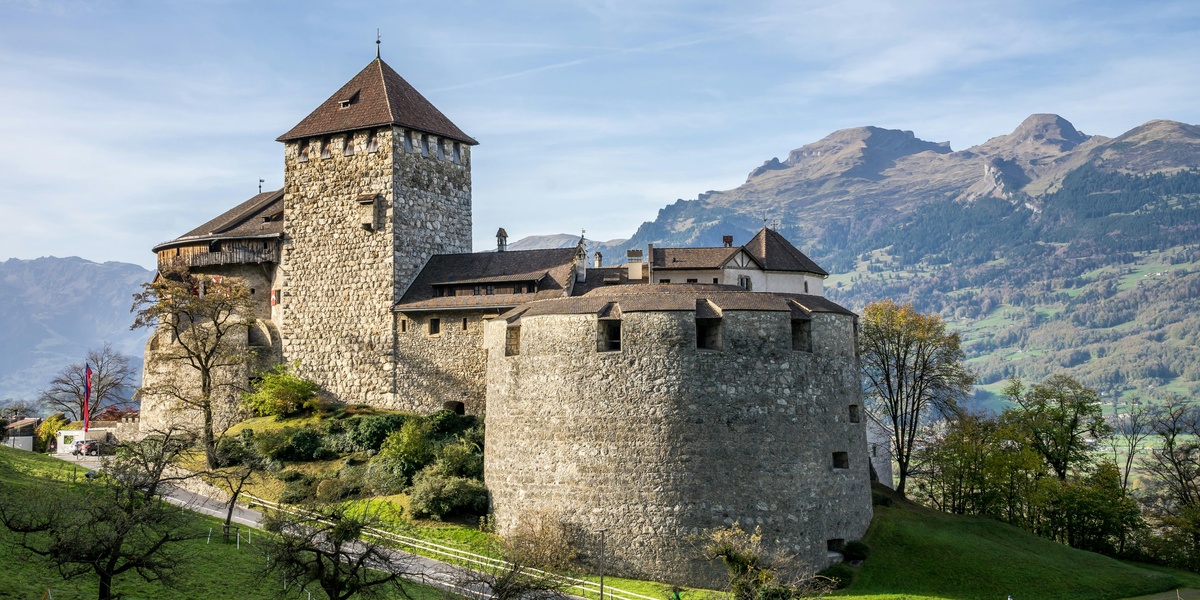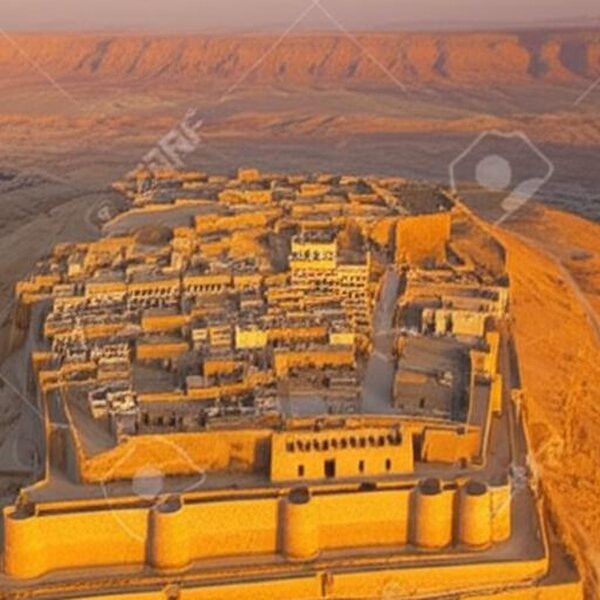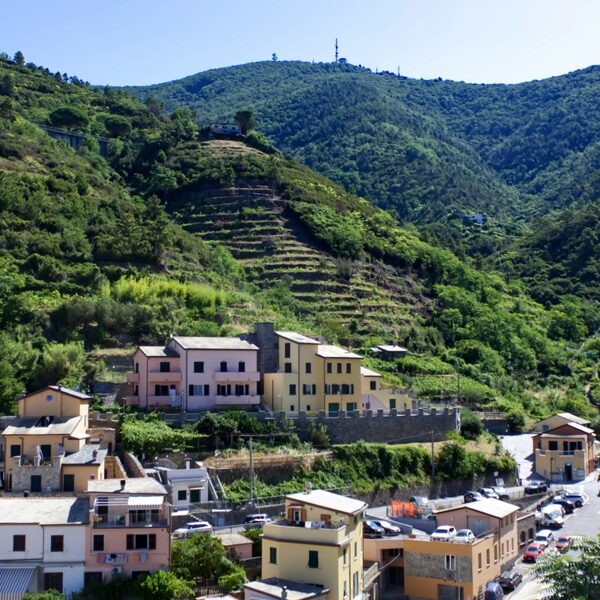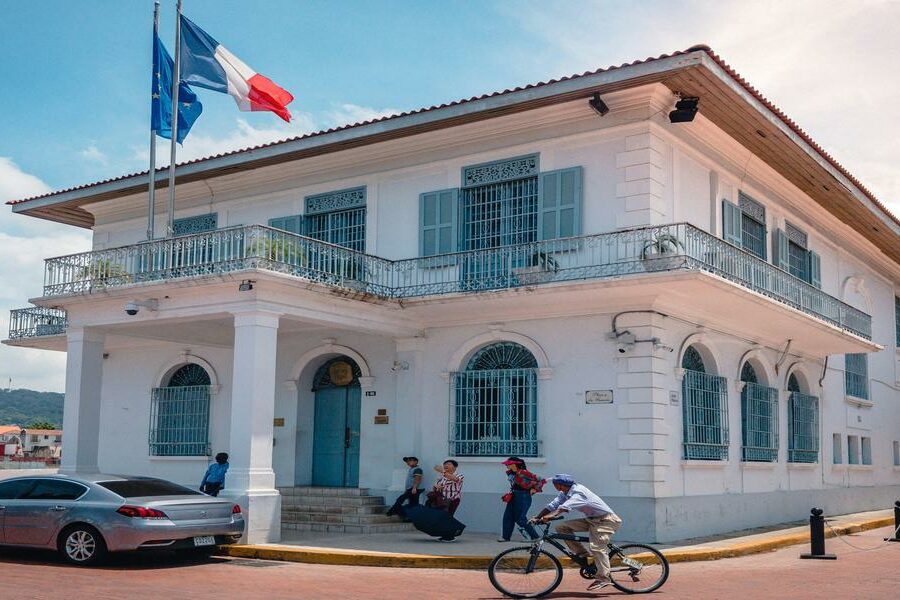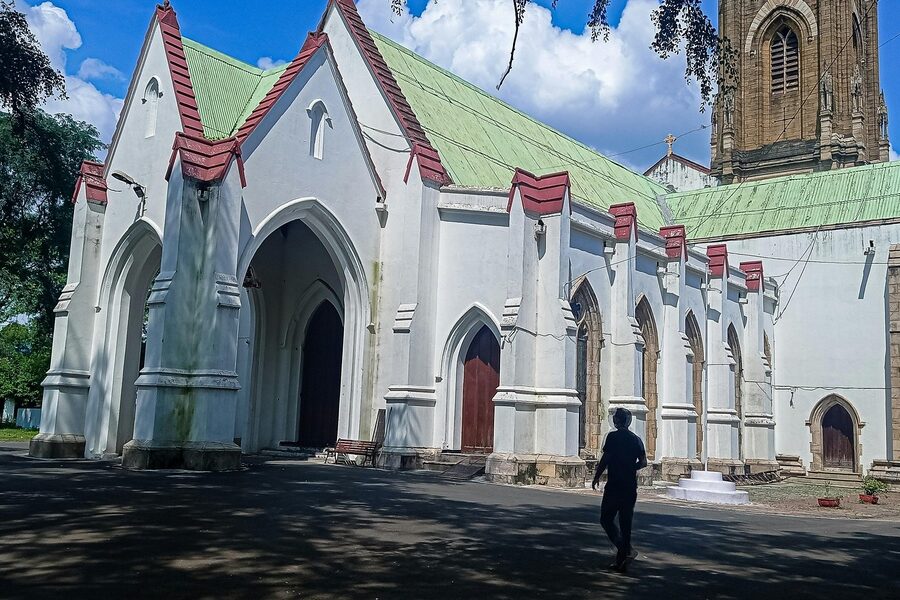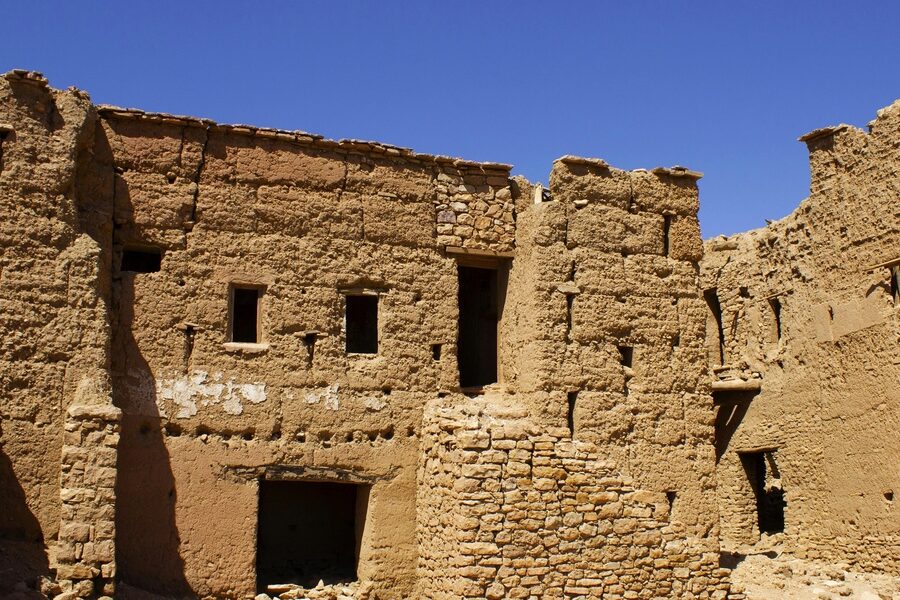Switzerland is often celebrated for its breathtaking natural beauty, from towering alpine peaks to serene, deep blue lakes. Yet, beyond these iconic landscapes lies a rich, layered history, subtly etched into the land itself through centuries of human endeavor and the eventual decay of structures. These ancient and medieval remnants offer a captivating, often overlooked, window into the country’s past.
For those eager to explore this historical depth, we’ve compiled a comprehensive guide to 73 Ruins in Switzerland. This extensive list covers a vast historical range, from the ancient All Saints’ Abbey to the enigmatic Üetliberg Oppidum. Each entry is meticulously organized with details on its Canton, Type of Ruin, and Historical Period, all of which you’ll find carefully laid out below.
What types of historical ruins can you expect to find in Switzerland?
Switzerland’s diverse geography and long history mean its ruins are incredibly varied. You can expect to discover everything from remnants of Roman settlements and imposing medieval castles to ancient Celtic oppida and even more recent industrial ruins. Each type offers a unique perspective on the country’s development through different eras, reflecting periods of conflict, prosperity, and the daily lives of its former inhabitants.
Are these ruins generally accessible to the public?
Many of Switzerland’s ruins are open to the public, often with well-maintained paths and informative signage, particularly those managed by cantonal or national heritage organizations. However, accessibility can vary significantly. Some are easily reachable by public transport or car, while others might require a hike to a more remote or challenging location. It’s always advisable to check local visitor information for specific sites before planning your trip.
Ruins in Switzerland
| Ruins Name | Canton | Type of Ruin | Historical Period |
|---|---|---|---|
| Tourbillon Castle | Valais | Castle | 13th Century |
| Augusta Raurica | Basel-Landschaft | Roman Settlement | Roman Empire (1st-3rd Century AD) |
| Grasburg | Bern | Castle | 12th Century |
| Avenches Roman Site | Vaud | Roman Settlement | Roman Empire (1st-4th Century AD) |
| Tschanüff Castle | Graubünden | Castle | 12th Century |
| Weissenau Castle | Bern | Castle | 13th Century |
| Belfort Castle | Graubünden | Castle | 13th Century |
| Schenkenberg Castle | Aargau | Castle | 13th Century |
| Jörgenberg Castle | Graubünden | Castle & Church | Early Middle Ages |
| Steinsberg Castle | Graubünden | Castle | 12th Century |
| Roman Theatre of Lenzburg | Aargau | Roman Theater | Roman Empire (c. 100 AD) |
| Alt-Bechburg | Solothurn | Castle | 11th Century |
| Frohburg | Aargau | Castle | 13th Century |
| Mesocco Castle | Graubünden | Castle | 12th Century |
| Pierre-Pertuis | Bern | Roman Archway | Roman Empire (3rd Century AD) |
| Nyon Roman Ruins | Vaud | Roman Settlement | Roman Empire (1st Century BC) |
| Martigny Roman Ruins | Valais | Roman Settlement | Roman Empire (1st-4th Century AD) |
| Windisch Roman Site | Aargau | Roman Legionary Camp | Roman Empire (1st Century AD) |
| Hohensax Castle | St. Gallen | Castle | 13th Century |
| Serravalle Castle | Ticino | Castle | 12th Century |
| La Bâtiaz Castle | Valais | Castle | 13th Century |
| Valangin Castle Ruins | Neuchâtel | Castle | 12th Century |
| Farnsburg | Basel-Landschaft | Castle | 14th Century |
| Gilgenberg Castle | Solothurn | Castle | 13th Century |
| Ringgenberg Castle Church | Bern | Castle & Church | 13th Century |
| Wulp Castle | Zürich | Castle | 12th Century |
| Alt-Toggenburg | St. Gallen | Castle | 11th Century |
| Freudenberg Castle | St. Gallen | Castle | 13th Century |
| Haldenstein Castle | Graubünden | Castle | 12th Century |
| Unspunnen Castle | Bern | Castle | 12th Century |
| Neu-Habsburg Castle | Lucerne | Castle | 13th Century |
| Grünenfels Castle | Graubünden | Castle | 13th Century |
| Campell Castle | Graubünden | Castle | 13th Century |
| Moregg Castle | Graubünden | Castle | 13th Century |
| Neu-Aspermont Castle | Graubünden | Castle | 13th Century |
| Villa Jovis | Vaud | Roman Villa | Roman Empire (1st-3rd Century AD) |
| Saint-Triphon Hill | Vaud | Fortification | Medieval Period |
| Châtel-Argent | Aosta Valley (Historically linked to Valais) | Castle | 11th Century |
| Château des Sires | Valais | Castle | 12th Century |
| Wildegg Castle Ruins (Alt-Wildegg) | Aargau | Castle | 13th Century |
| Dorneck Castle | Solothurn | Castle | 11th Century |
| Pfeffingen Castle | Basel-Landschaft | Castle | 12th Century |
| Iberg Castle | Aargau | Castle | 12th Century |
| Rotberg Castle | Solothurn | Castle | 13th Century |
| Cartigny Aqueduct | Geneva | Roman Aqueduct | Roman Empire (1st Century AD) |
| Mont-Vully Oppidum | Fribourg/Vaud | Celtic Fortification | Iron Age (c. 1st Century BC) |
| Regensberg Oberburg Walls | Zürich | Fortification | 13th Century |
| Villa Seeb | Zürich | Roman Villa | Roman Empire (1st-3rd Century AD) |
| Roman Villa of Orbe-Boscéaz | Vaud | Roman Villa | Roman Empire (2nd-3rd Century AD) |
| Hagi-Hans Tower | Schaffhausen | Watchtower | 13th Century |
| Üetliberg Oppidum | Zürich | Celtic Fortification | Iron Age (c.1st Century BC) |
| Hohenklingen (Ruined sections) | Schaffhausen | Castle | 12th Century |
| Splügen Castle | Graubünden | Castle | 13th Century |
| Marmels Castle | Graubünden | Castle | 12th Century |
| Kropfenstein Castle | Graubünden | Cave Castle | 13th Century |
| Cagliatscha Castle | Graubünden | Castle | 13th Century |
| Wildenberg Castle | Schwyz | Castle | 13th Century |
| Gutenburg | Bern | Castle | 13th Century |
| Isenring Castle | Bern | Castle | 12th Century |
| All Saints’ Abbey | Schaffhausen | Abbey / Monastery | 11th Century |
| Kappel Abbey War Memorial | Zürich | Memorial Site | 16th Century |
| Bürgenstock Chapel Ruins | Nidwalden | Chapel | 16th Century |
| Pont-en-Ogoz | Fribourg | Castle & Chapel | 13th Century |
| Vaumarcus Castle (Old Tower) | Neuchâtel | Castle | 12th Century |
| Château de l’Eveque | Valais | Castle | 13th Century |
| Baldern Castle | Aargau | Castle | 12th Century |
| Friedberg Castle | Aargau | Castle | 13th Century |
| Rosenburg | Nidwalden | Castle | 12th Century |
| Rotzberg Castle | Nidwalden | Castle | 12th Century |
| Castel San Pietro | Ticino | Castle & Church | Medieval Period |
| Landenberg Castle | Obwalden | Castle | 13th Century |
| Hasenburg | Lucerne | Castle | 13th Century |
| Neuchâtel Castle (Tour des Prisons) | Neuchâtel | Fortification | 12th Century |
Images and Descriptions
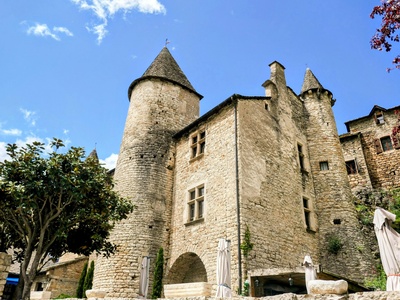
Tourbillon Castle
Perched high above Sion, this ruined bishop’s castle was destroyed by fire in 1788. Its dramatic, skeletal walls offer spectacular views of the Rhône Valley and stand as a powerful symbol of the city’s medieval past.
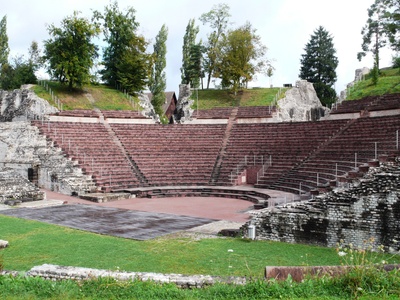
Augusta Raurica
Explore Switzerland’s largest archaeological park, once a bustling Roman town of 20,000. The site features an impressive theater, temple foundations, and a reconstructed Roman house, offering a deep dive into ancient life.
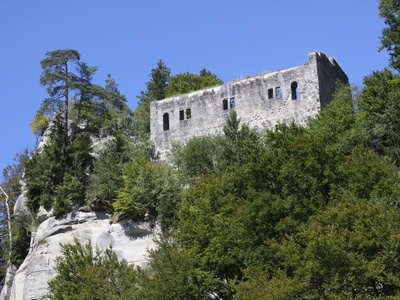
Grasburg
Once an imposing imperial castle, Grasburg is now one of Switzerland’s most significant castle ruins. Hidden in the Sense-Schwarzwasser Nature Park, its extensive remains invite exploration and offer a glimpse into medieval power struggles.
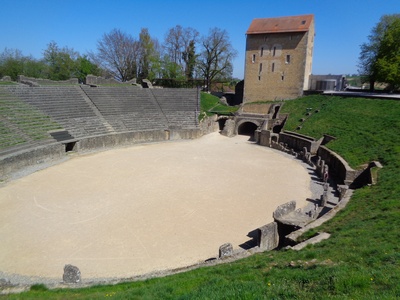
Avenches Roman Site
The former capital of Roman Helvetia, Aventicum, boasts impressive ruins. The most famous is the amphitheater, which still hosts events, alongside remains of a temple, theater, and thermal baths scattered around the modern town.
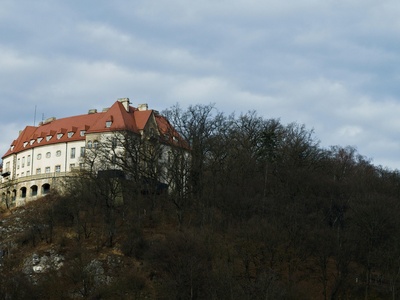
Tschanüff Castle
Dominating the entrance to the Val Sinestra, the extensive ruins of Tschanüff Castle are a landmark of the Lower Engadine. Its history is tied to local lords and the Habsburgs, with its mighty shield wall still standing tall.
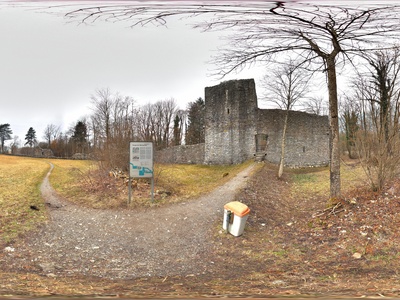
Weissenau Castle
Situated in a nature reserve between the two lakes of Thun and Brienz, these romantic ruins were once a moated castle. The remaining tower and walls are a picturesque stop for hikers and history lovers exploring the Interlaken area.
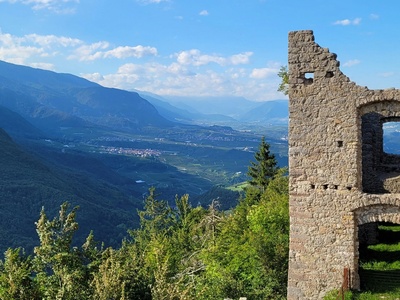
Belfort Castle
Overlooking the Albula valley near Brienz/Brinzauls, the twin ruins of Belfort Castle make for a striking sight. Destroyed in 1499 during the Swabian War, the remains of its towers and walls tell a story of regional conflict.
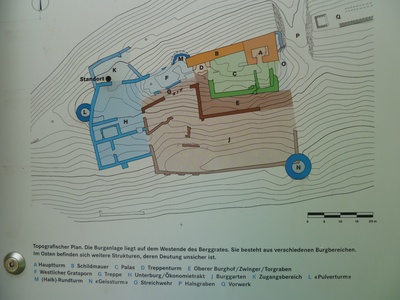
Schenkenberg Castle
One of Switzerland’s largest castle ruins, Schenkenberg majestically overlooks the Aare valley. Originally a Habsburg seat, its vast complex of walls, towers, and buildings provides a fascinating look at the evolution of medieval fortifications.
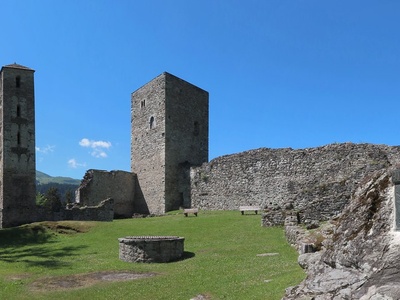
Jörgenberg Castle
This expansive site near Waltensburg includes the ruins of a medieval castle and the foundations of an early Christian church. It’s a historically layered complex that showcases centuries of settlement and strategic importance in the Surselva region.
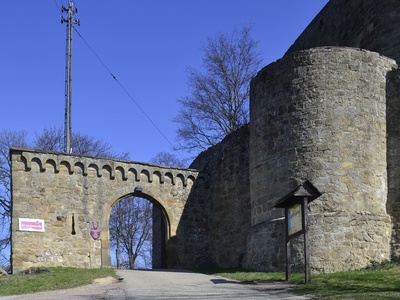
Steinsberg Castle
The iconic, round keep of Steinsberg Castle stands on a prominent hill above Ardez in the Lower Engadine. This well-preserved ruin is a regional landmark, offering panoramic views and a tangible connection to the area’s medieval past.
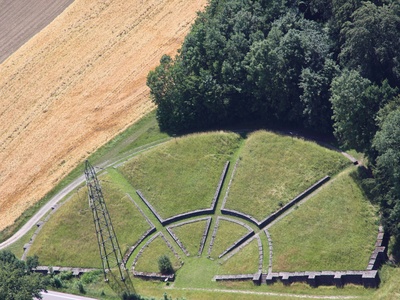
Roman Theatre of Lenzburg
Discovered in 1964, the ruins of this Roman theater once seated 4,000 spectators. Located a short distance from the famous Lenzburg Castle, its semi-circular stone seating provides a clear picture of Roman entertainment in the region.
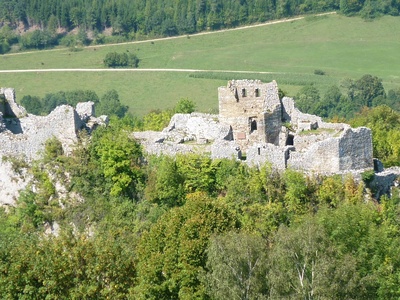
Alt-Bechburg
This is a classic example of a medieval hilltop castle ruin. Located near Holderbank, its impressive keep and substantial wall remnants are well-preserved and freely accessible, making it a popular destination for local excursions.
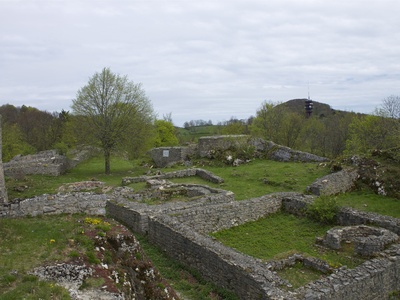
Frohburg
Perched on a narrow ridge, Frohburg is one of the largest castle ruins in the Jura mountains. Its elongated layout and remaining walls speak to its former strength as the ancestral seat of the Counts of Frohburg.
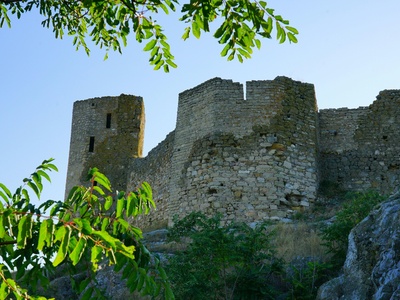
Mesocco Castle
Commanding the entrance to the Misox valley, the ruins of Castello di Mesocco are among the largest in Switzerland. The vast complex includes a church, towers, and residential buildings, reflecting its strategic control over Alpine routes.
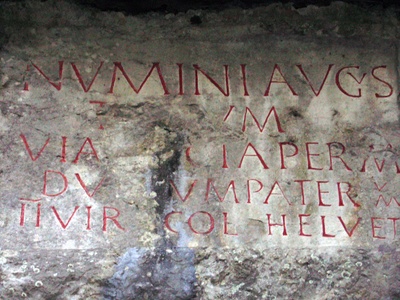
Pierre-Pertuis
This unique Roman ruin is an archway carved directly out of a rock face in the Bernese Jura. It marked the passage of a Roman road through the mountain, with a partially legible inscription dedicating it to Emperor Marcus Aurelius.
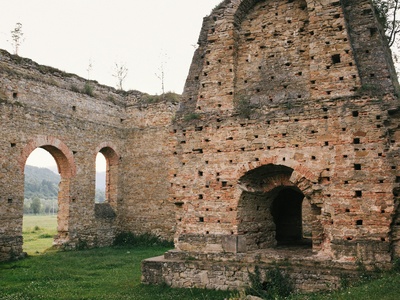
Nyon Roman Ruins
The town of Nyon was founded as Noviodunum. Visible ruins include the foundations of the basilica in the Roman forum, now an open-air site, and an amphitheater discovered in 1996, highlighting its ancient heritage.
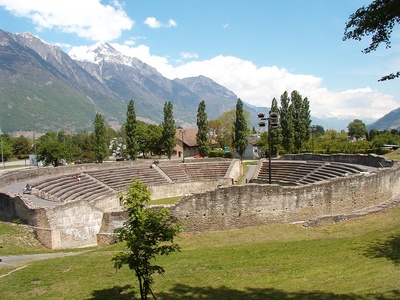
Martigny Roman Ruins
The Roman town of Octodurus has left its mark on modern Martigny. The beautifully restored amphitheater is the crown jewel, but you can also find ruins of Roman baths, temples, and villas throughout the city.
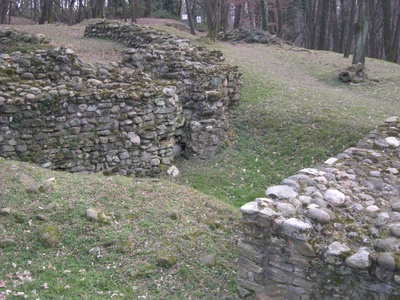
Windisch Roman Site
Known as Vindonissa, this was the only Roman legionary camp in Switzerland. Highlights include the ruins of the amphitheater, which could hold 11,000 people, and the remains of the camp’s thermal baths and gateways.
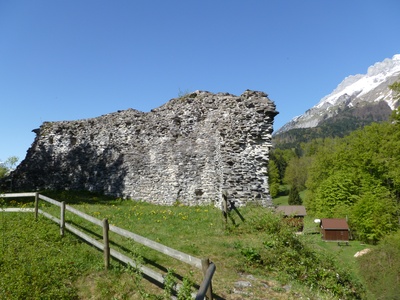
Hohensax Castle
The ruins of Hohensax (or Sax) Castle are perched on a rocky outcrop above the Rhine Valley. The site offers a fantastic view and a chance to explore the remnants of the keep and palace of the once-powerful Barons of Sax.
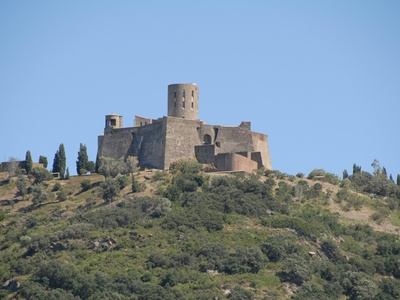
Serravalle Castle
Strategically located to control the Blenio Valley, Serravalle was destroyed by the Swiss Confederates in 1518. The extensive ruins of its two main castles, upper and lower, are a testament to its former military importance.
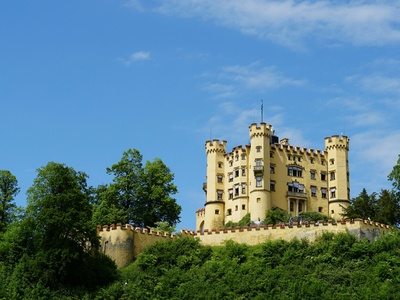
La Bâtiaz Castle
Guarding the entrance to Martigny, this impressive castle ruin features a powerful, well-preserved keep. Built by the Bishops of Sion, it played a key role in controlling the Great St. Bernard Pass trade route.
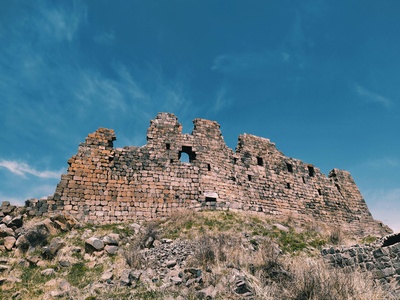
Valangin Castle Ruins
While a part of the castle is a preserved museum, the surrounding fortifications and outer walls are extensive ruins. They offer a sense of the scale of this medieval stronghold that once dominated the Val-de-Ruz.
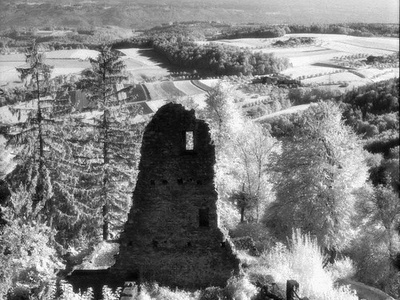
Farnsburg
Once the most important castle of the Thierstein counts, Farnsburg was destroyed by an earthquake in 1356 and later rebuilt. The current ruins date from its final destruction in 1798 and offer a panoramic view of the region.
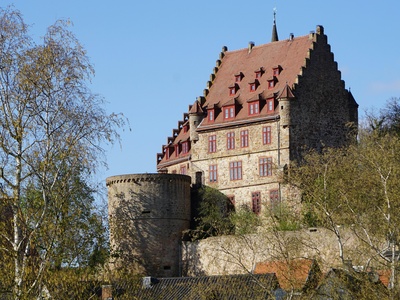
Gilgenberg Castle
Situated on a cliff above the Birs river, these are the romantic ruins of a medieval castle. Its remaining walls and towers create an atmospheric setting, popular with hikers exploring the Jura landscape near Zwingen.
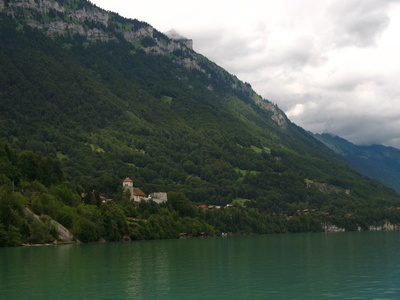
Ringgenberg Castle Church
This unique site combines the ruins of a medieval castle with a later-built church. The apse and northern wall of the church were built directly into the main tower of the castle, creating a fascinating historical hybrid.
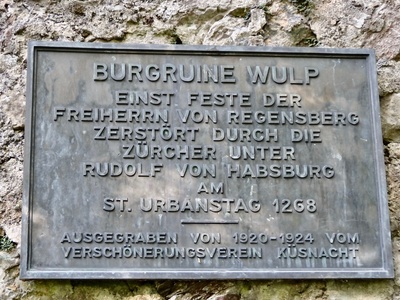
Wulp Castle
Located on a wooded hill near Küsnacht, Wulp is an early medieval castle ruin. Though only the foundations and lower walls remain, it’s a peaceful site that illustrates the typical motte-and-bailey construction of the era.
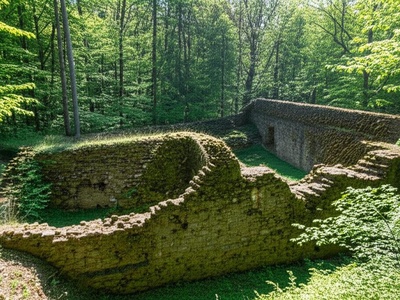
Alt-Toggenburg
The ancestral home of the powerful Counts of Toggenburg, these ruins are now nestled in a quiet forest. The remaining walls and ditches hint at the former glory of a family that shaped the history of Eastern Switzerland.
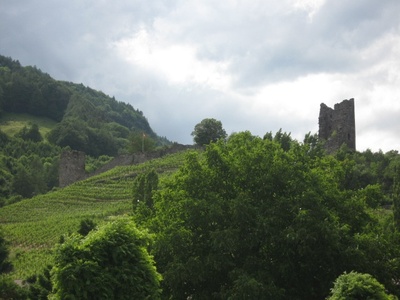
Freudenberg Castle
Overlooking the spa town of Bad Ragaz, the ruins of Freudenberg offer beautiful views. The site features the remains of a tower and palace, which were part of a defensive line controlling the important Rhine Valley route.
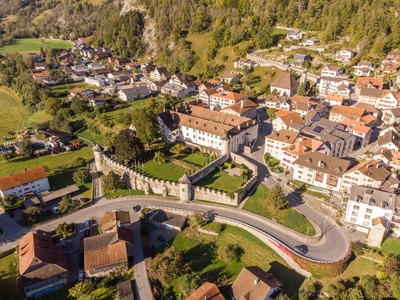
Haldenstein Castle
The striking ruins of Haldenstein’s upper and lower castles dominate the skyline above the village. For centuries, they were the seat of the powerful von Haldenstein family, guardians of the Rhine crossing near Chur.
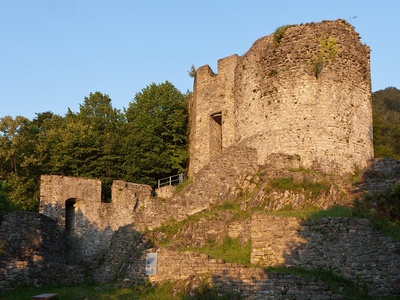
Unspunnen Castle
Famous for its connection to the Unspunnenfest, a traditional Swiss festival, this castle ruin sits at the entrance to the Lütschine valleys. Its history is steeped in local legends, including tales of feuds between Bern and the Oberland nobility.
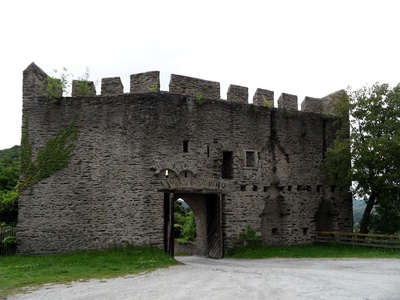
Neu-Habsburg Castle
Built by the Habsburgs to control traffic on Lake Lucerne, this castle was destroyed by locals in 1352. The remaining foundation walls and a reconstructed wooden tower offer stunning views and a direct link to early Swiss history.
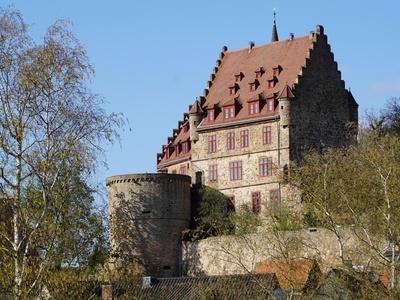
Grünenfels Castle
Perched on a green hill near Waltensburg, these are the romantic ruins of a small but strategically placed castle. Its visible tower and wall fragments make it a rewarding destination on a historic walking trail.
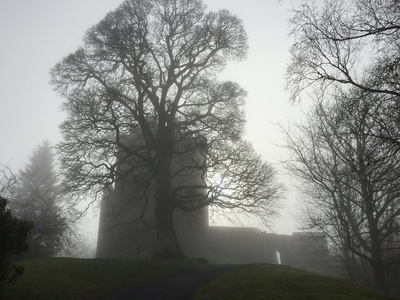
Campell Castle
The ruins of Campell (or Campi) near Sils im Domleschg feature a distinctive, tall, and slender residential tower. It is a prime example of the many fortified towers that once characterized this strategically important valley.
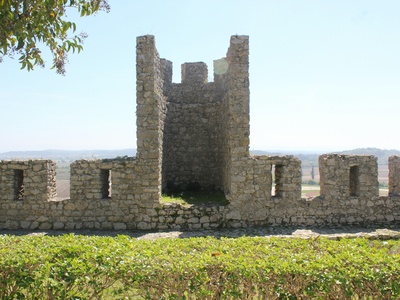
Moregg Castle
A lesser-known ruin in the Domleschg valley, Moregg consists of a well-preserved main tower and remnants of a curtain wall. It is part of the dense network of fortifications that controlled trade routes through the region.
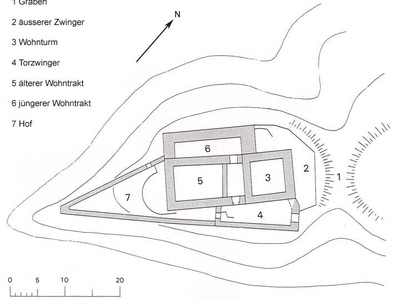
Neu-Aspermont Castle
Located near Jenins, these extensive ruins were once a major administrative center. The site includes a large main tower, a palace, and a chapel, showcasing the wealth and power of its former lords.
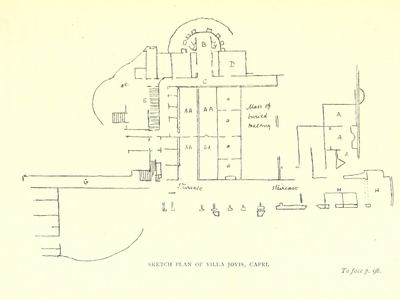
Villa Jovis
The ruins of a substantial Roman villa located in the La Tour-de-Peilz area. Excavations have revealed baths, mosaics, and heated rooms, pointing to a luxurious estate with views over Lake Geneva.
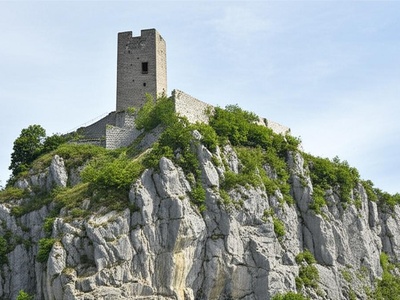
Saint-Triphon Hill
The hill of Saint-Triphon is a unique site featuring a ruined medieval tower and extensive fortifications. Quarried for centuries, the hill itself is a maze of rock faces, with the tower standing as a lone sentinel.
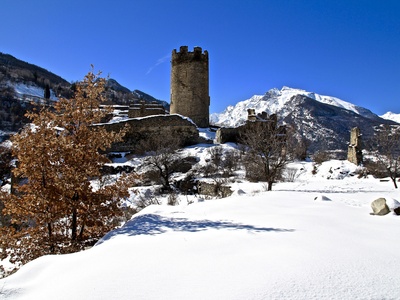
Châtel-Argent
*Note: Technically in Italy, but historically and culturally tied to the Valais region.* The ruins of Châtel-Argent dramatically overlook the Dora Baltea river, guarding the route to the Great St. Bernard Pass. Its round tower is a prominent landmark.
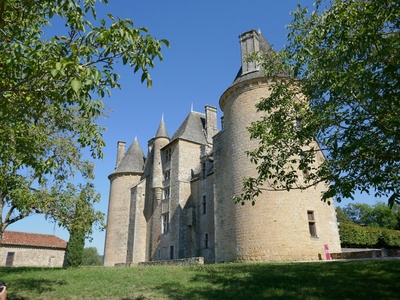
Château des Sires
Located in the village of Loèche (Leuk), these ruins are integrated with later buildings. The remnants of the medieval bishops’ castle, particularly its Romanesque windows and stonework, are still clearly visible.
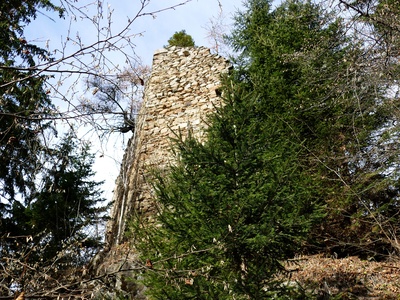
Wildegg Castle Ruins (Alt-Wildegg)
Not to be confused with the preserved Wildegg Castle, these are the sparse ruins of the original family seat on a nearby hill. Only foundation walls remain, offering a quiet, historical counterpoint to the more famous castle.
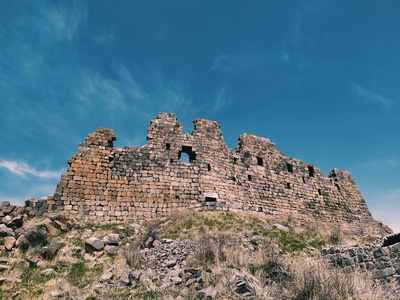
Dorneck Castle
The extensive ruins of Dorneck stand as a memorial to the Battle of Dornach in 1499, a decisive victory for the Swiss. The well-maintained site is a regional landmark and a symbol of Solothurn’s independence.
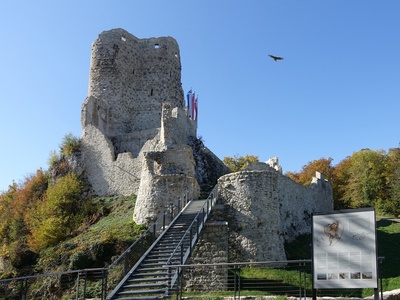
Pfeffingen Castle
One of the largest castle ruins in the region, Pfeffingen features two prominent round towers and extensive walls. It was the seat of the counts of Thierstein-Pfeffingen until its destruction in the 1356 Basel earthquake.
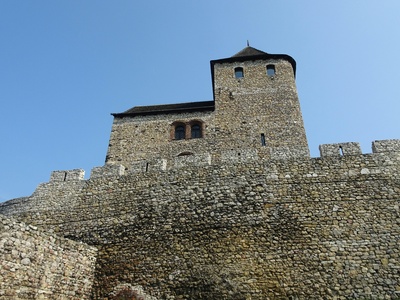
Iberg Castle
The minimal ruins of Iberg Castle lie on a wooded ridge above Riniken. The site is marked by the remains of its main tower and earthworks, representing an early medieval fortification from the time of the Counts of Lenzburg.
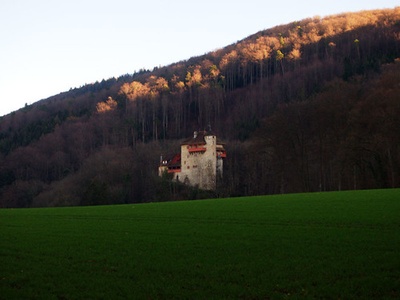
Rotberg Castle
While a modern youth hostel is built within its walls, the outer fortifications of Rotberg remain as extensive, authentic ruins. It offers a unique blend of preserved history and rugged medieval remnants in the Jura mountains.
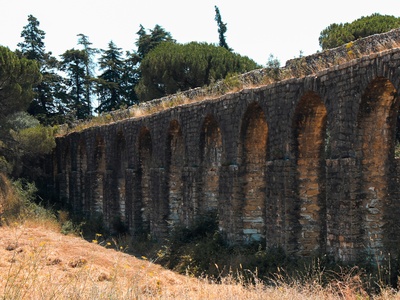
Cartigny Aqueduct
The remains of a Roman aqueduct can be found near the village of Cartigny. While not extensive, the surviving stone pillars are a rare and important testament to the sophisticated engineering the Romans brought to the Geneva region.
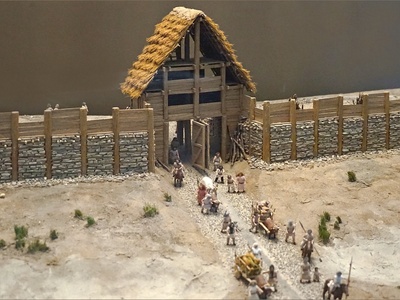
Mont-Vully Oppidum
The ramparts of this Celtic Helvetii oppidum (fortified settlement) are still visible as large earthworks on Mont Vully. It’s a subtle but significant ruin, representing pre-Roman settlement in Switzerland.
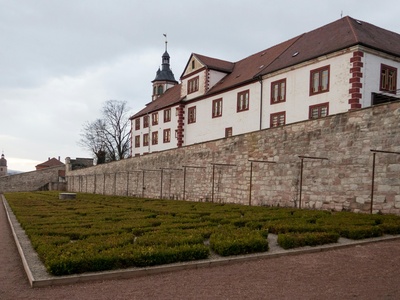
Regensberg Oberburg Walls
While the town of Regensberg is beautifully preserved, the ruins of its upper castle (Oberburg) are a distinct feature. The foundations and lower walls mark the original core of this strategically important hilltop settlement.
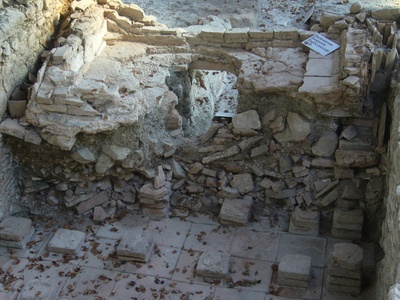
Villa Seeb
At the Winkel archaeological park on the shore of Lake Zurich, you can see the conserved foundations of a large Roman villa rustica. The layout of the main building, baths, and courtyards are clearly visible.
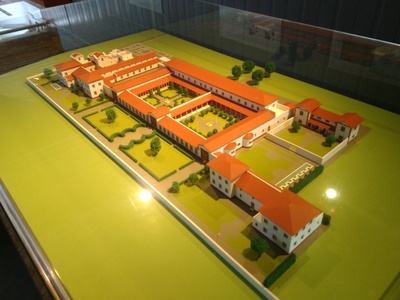
Roman Villa of Orbe-Boscéaz
This site is famous for its collection of stunning, in-situ Roman mosaics, among the finest north of the Alps. The surrounding ruins of the luxurious villa provide context for these incredible works of art.
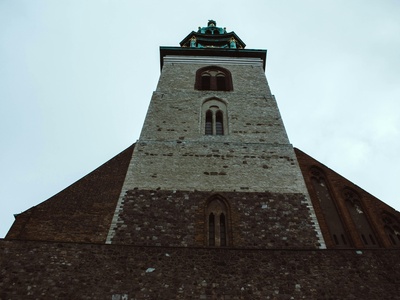
Hagi-Hans Tower
This ruined medieval watchtower stands on a vineyard-covered hill overlooking the Rhine. It was part of the defensive network for the town of Schaffhausen and offers a picturesque historical landmark.

Üetliberg Oppidum
Atop Zürich’s local mountain, the Üetliberg, are the remains of a massive Celtic oppidum. The defensive ramparts (earth walls) are still easily traceable, marking one of the most important Helvetii settlements.
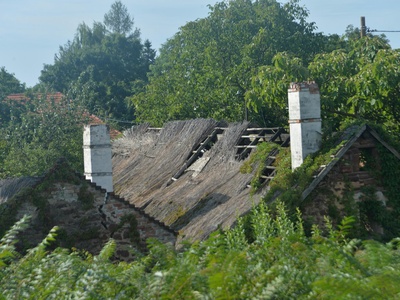
Hohenklingen (Ruined sections)
Although the main castle is a restaurant, the extensive outer bailey and parts of the curtain wall are in a ruined state. These sections give a better sense of the original military scale of the fortress above Stein am Rhein.
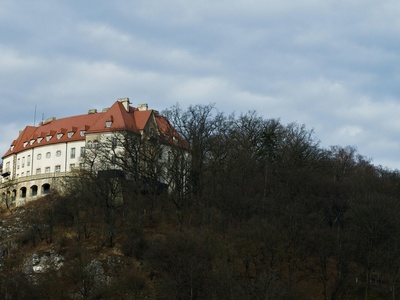
Splügen Castle
The ruins of Splügen Castle stand guard over the village and the critically important Splügen Pass. Its square tower and wall remnants are a stark reminder of the traffic and tolls that defined this Alpine route.
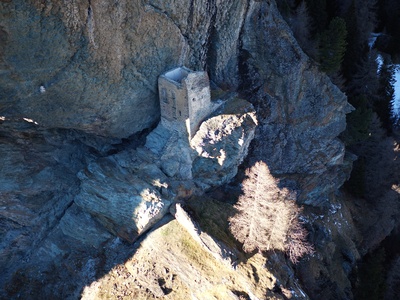
Marmels Castle
Dramatically perched on a cliff overlooking the Lai da Marmorera reservoir, these ruins are from a castle of the powerful Barons of Marmels. The site is a hauntingly beautiful example of a medieval rock castle.
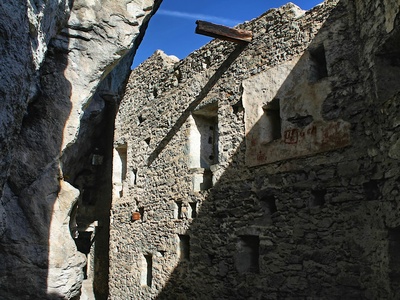
Kropfenstein Castle
Built directly into a cliff face near Waltensburg, Kropfenstein is a fascinating cave castle ruin. Its remaining walls seem to grow out of the rock, showcasing a unique and daring form of medieval defensive architecture.
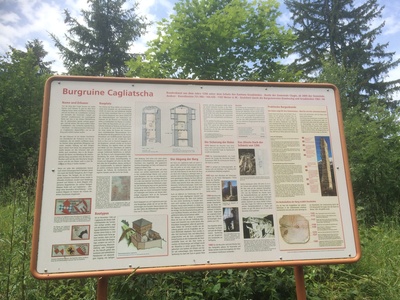
Cagliatscha Castle
Located on a hilltop in the Viamala region, the slender, five-story keep of Cagliatscha is a striking sight. The ruin is a well-preserved example of a residential tower that served as both a home and a status symbol.
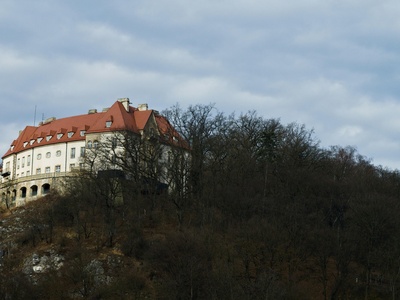
Wildenberg Castle
The ruins of Wildenberg Castle are located on a small hill near the village of Arth. Its story is linked to the early Swiss Confederacy, as it was one of the castles destroyed during the 1315 Morgarten campaign.
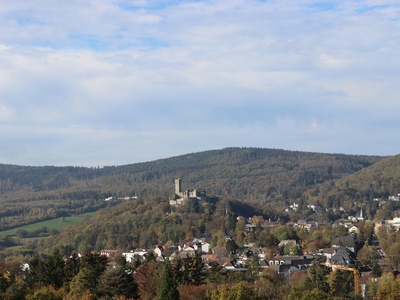
Gutenburg
The small ruin of Gutenburg castle is situated on a hill in the Oberaargau region. It consists mainly of the foundations of a tower and parts of the surrounding wall, offering a quiet spot for historical reflection.
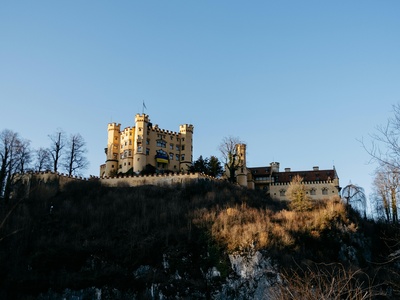
Isenring Castle
Located near the village of Gsteigwiler, the ruins of Isenring are hidden in the forest. This was a small medieval lordship castle, and its remaining walls provide an atmospheric destination for a short hike from Interlaken.
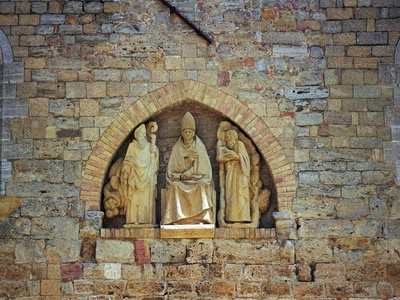
All Saints’ Abbey
While much of the complex is now a museum, the adjacent herb garden contains the romantic, open-air ruins of the outer cloister. These elegant Gothic arches are a peaceful remnant of the original Benedictine monastery.

Kappel Abbey War Memorial
The site of the Second War of Kappel (1531) is marked by a memorial stone where the reformer Huldrych Zwingli fell. While not a building ruin, it’s a significant historical site marked by the remnants of conflict.
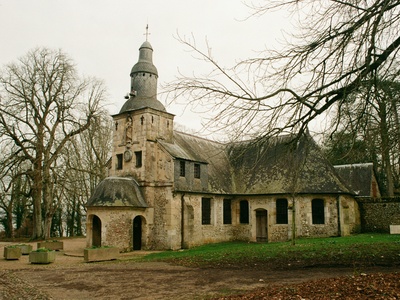
Bürgenstock Chapel Ruins
Near the famous Bürgenstock resort are the romantic ruins of a 16th-century chapel. Set against a stunning Alpine backdrop, the stone walls are a picturesque and serene reminder of the area’s long history.
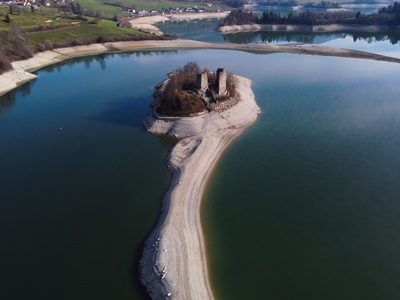
Pont-en-Ogoz
In the middle of the Lake of Gruyère sits a small island with the ruins of a castle and a chapel. When the water level is low, a causeway appears, allowing visitors to walk out to this remarkably picturesque historical site.
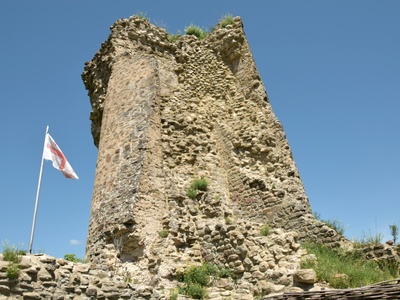
Vaumarcus Castle (Old Tower)
While the main castle is a private residence, its original, massive square keep stands separate as a distinct ruin. This 12th-century tower represents the oldest part of the fortification overlooking Lake Neuchâtel.
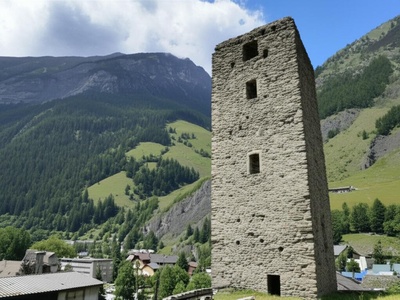
Château de l’Eveque
The “Bishop’s Castle” in Leukerbad now consists of a single ruined Romanesque tower. It was part of a larger complex that was destroyed by an avalanche in the 16th century, leaving a solitary, historic landmark.
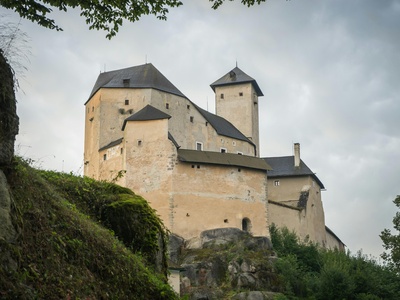
Baldern Castle
The ruins of Baldern are located on a wooded hill near Baden. This site features the prominent remains of a shield wall and a main tower, typical of the fortifications built to protect the lands of local nobles.
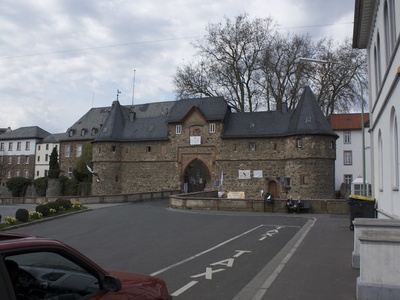
Friedberg Castle
Situated between the Surb and Aare valleys, the Friedberg ruin has a well-preserved main tower and remnants of its curtain wall. It served as an administrative center for the Bishops of Constance in the region.
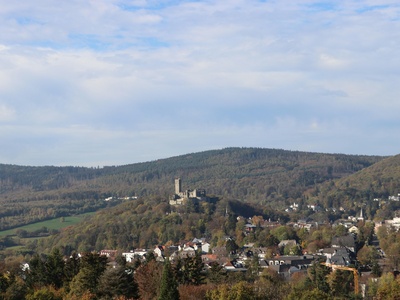
Rosenburg
Above the town of Stans, the Rosenburg ruins are a reminder of a castle destroyed by the Confederates in 1308. Its history is tied to the legends of the formation of Switzerland, making it a site of national importance.
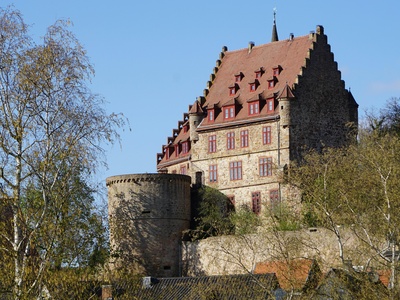
Rotzberg Castle
Another castle with ties to early Swiss history, Rotzberg was allegedly the site of a legendary uprising. The ruins today consist of a prominent round tower and surrounding walls, offering views over Lake Lucerne.
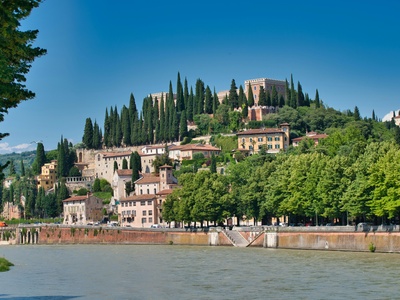
Castel San Pietro
On a hill above the village of Castel San Pietro are the ruins of a medieval castle and the Red Church (Chiesa Rossa). The combination of military and religious ruins makes for a historically rich and scenic site.
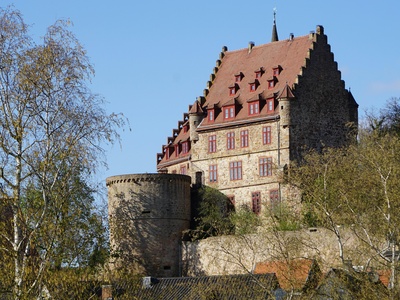
Landenberg Castle
The ruins of Lower Landenberg Castle in Sarnen are an important site in the founding myths of Switzerland. It was here that the local governor was supposedly overthrown, an event central to the region’s identity.
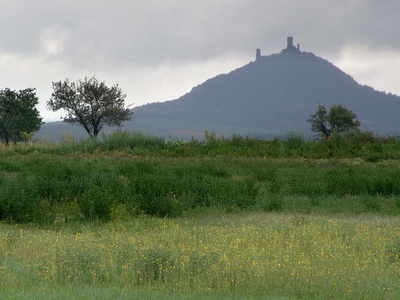
Hasenburg
The ruins of Hasenburg are scattered on a long, wooded ridge. The site once consisted of three separate castles, and today’s remains are a popular hiking destination, offering a journey through medieval defensive architecture.
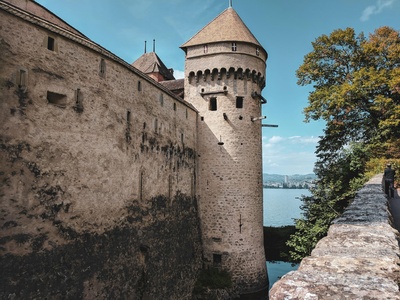
Neuchâtel Castle (Tour des Prisons)
While the castle is the seat of government, the “Tour des Prisons” (Prison Tower) is a distinct, partially ruined structure from the original medieval fortifications, offering a glimpse into the castle’s earlier, more rugged form.

